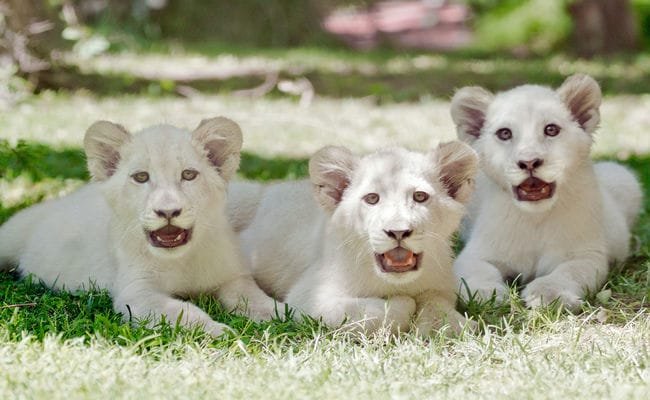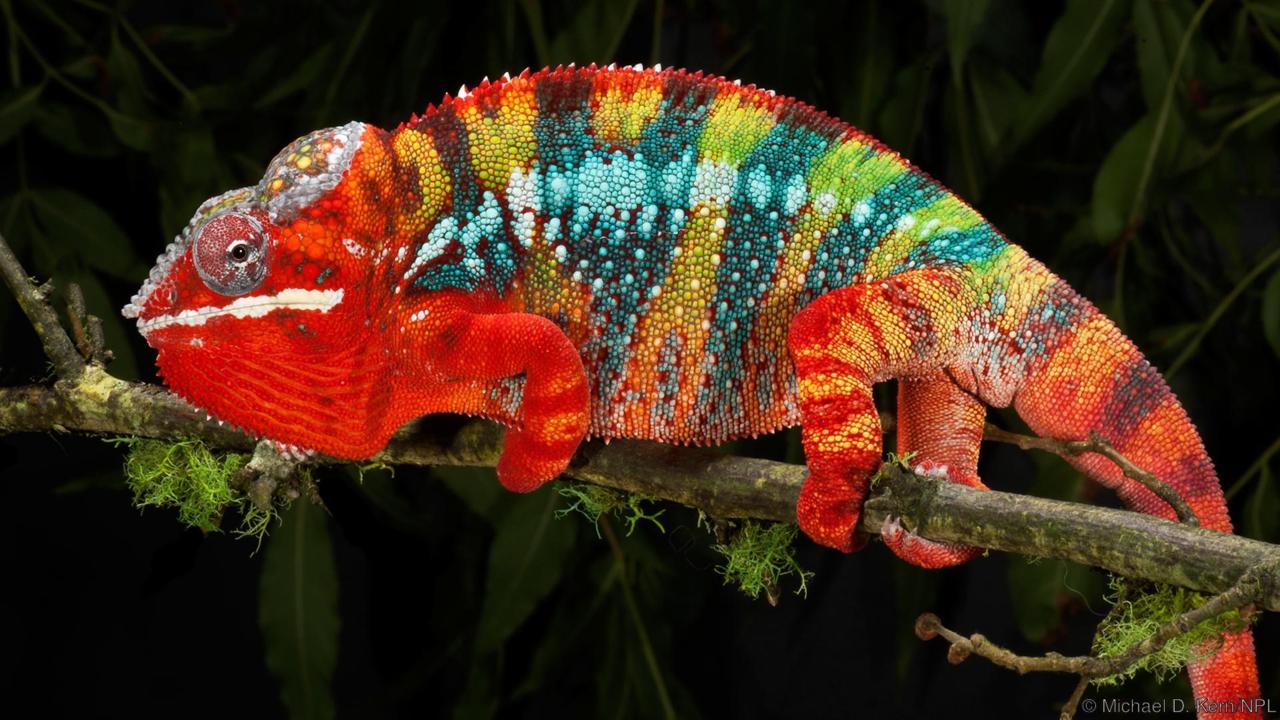Ever wonder what lurks in the shadows of the natural world, so small you’d need a magnifying glass just to say hello? In 2025, we’re diving into the tiniest corners of life on Earth, where the smallest living things defy imagination. These critters aren’t just small—they’re mind-bogglingly minute, some barely bigger than a speck of dust. From slimy parasites to fluttering birds, the world’s tiniest creatures prove that size doesn’t dictate survival.
We’re talking about beings so small they make a grain of sand look like a boulder! This list of the top 10 living wonders will take you from the depths of the ocean to the rainforests of Madagascar, showcasing nature’s knack for shrinking things down. Ready to meet the micro marvels that keep our planet buzzing? Let’s zoom in and explore these pint-sized powerhouses!
The Tiniest Wonders of 2025
1. Myxozoans: The Microscopic Mystery
Imagine a creature so small it could dance on the head of a pin—meet the Myxozoans, clocking in at a jaw-dropping 0.02 millimeters. These microscopic oddballs are parasitic, hitching rides inside fish across the globe, and they might just be the smallest animals alive. But here’s the kicker: scientists still argue if they’re even true animals! Multicellular yet simpler than a kid’s puzzle, they blur the line between organism and something else entirely.
Also Read: Spectacular Glowing Animals In The World
Found in 2025’s studies, they’re a biological enigma, thriving in watery worlds we rarely see. How do they survive being so tiny? By being sneaky, that’s how—slipping into hosts like uninvited guests. Picture them as nature’s ultimate freeloaders, too small to spot but big enough to stir debate. In the grand tapestry of life, these ultra-small wonders weave a thread of pure curiosity.
2. Dicopomorpha echmepterygis: The Parasitic Pinprick
Next up, we’ve got Dicopomorpha echmepterygis, a species of parasitic wasp so small it’s practically a whisper at 0.139 millimeters. Hailing from the U.S., this insect lives inside bark lice eggs, making it the smallest of its kind. The males? Teeny-tiny specks, while females strut around 40% larger—like the big sisters of the bug world.
Also Read: Transparent Animals In The World
These wasps are the ultimate gatecrashers, laying eggs in someone else’s home and letting their young munch away. In 2025, they’re still buzzing under the radar, a testament to how nano-sized critters can rule the roost. Ever think something so small could be so savage? They don’t need size when they’ve got strategy. It’s like a heist movie, but the thieves are smaller than your eyelash. Nature’s got a wild sense of humor, doesn’t it?
3. Scydosella musawasensis: The Beetle Benchmark
Say hello to Scydosella musawasensis, a beetle so tiny it’s the smallest confirmed at 0.325 millimeters. Roaming tropical regions, this little guy isn’t parasitic—it’s a free-living champ, scuttling through earth like a miniature explorer. Historical whispers hint at even smaller beetles, but in 2025, this one’s the gold standard, measured with precision tools that’d make a jeweler jealous.
Also Read: African Safari Animals In The World
Think about it: a beetle you could lose in a breadcrumb! Unlike its parasitic pals, it’s out there doing its own thing, proving small doesn’t mean weak. How does it dodge predators? By being too small to bother with, that’s how. In the fauna of the microscale, it’s a rugged loner, a speck with swagger. Next time you’re in the tropics, squint hard—you might just spot this pint-sized pioneer.
4. Photocorynus spiniceps (Male): The Fishy Freeloader
Dive into the Philippine Sea, and you’ll find Photocorynus spiniceps, where the males are a measly 6.2 millimeters—the smallest fish around. These deep-sea dudes are parasitic, latching onto females like clingy boyfriends, turning her into a swimming buffet. By 2025, they’re still the champs of weird reproduction, with males so small they’re basically a microscale appendage.
Also Read: Cute Animals That Can Kill You
The ladies? Way bigger, doing all the heavy lifting while he just hangs out. It’s like a twisted love story, right? How does something so small survive the ocean’s crush? By sticking close—real close—to a partner who’s got it all figured out. This animal redefines teamwork, proving even the tiniest can play a big role. In the dark depths, it’s a bizarre ballet of survival.
5. Paedophryne amauensis: The Frog That Fits on a Dime
Hop over to Papua New Guinea, where Paedophryne amauensis reigns as the smallest frog at 7.9 millimeters. Discovered in rainforest litter, this little jumper could chill on a dime with room to spare. In 2025, it’s still the tiniest vertebrate, a specimen of nature’s knack for downsizing. Imagine a frog so small its croak sounds like a cricket’s chirp!
How does it thrive? By hiding in leaf piles, munching on bugs too small for bigger predators to notice. It’s like the ninja of amphibians, stealthy and swift. This being doesn’t need size when it’s got camouflage and a big heart—figuratively, of course. Found in recent studies, it’s a reminder that even the smallest can leap into the spotlight. Isn’t that just wild?
6. Brookesia nana (Male): The Nano-Chameleon King
Meet Brookesia nana, the nano-chameleon from northern Madagascar, where males measure a scant 13.5 millimeters. Crowned the smallest reptile in 2025, this rainforest dweller is a cellular marvel—females stretch to 30 millimeters, but the guys? Tiny enough to perch on a fingertip. Discovered in 2012, it’s still rocking the charts, blending into leaves like a master of disguise.
Why so small? Fewer resources on islands push critters to shrink, and this one’s nailed it. Ever wonder how it hunts? With a tongue longer than its body, snapping up mites like a pro. In a world of giants, this unit proves less is more. Deforestation threatens its home, but for now, it’s a dazzling speck of alive brilliance. Nature’s tiny artist, painting the forest floor.
7. Sphaerodactylus ariasae: The Dwarf Gecko Gem
Swing by the Dominican Republic’s Jaragua National Park, and you’ll spot Sphaerodactylus ariasae, a dwarf gecko at 16 millimeters. One of the smallest reptiles, this little lizard’s been charming scientists since 2001. In 2025, it’s still a microbe of the reptile world, thriving in forests where it’s small enough to nap on a quarter.
How does it dodge danger? By being a master of hide-and-seek, slipping into cracks bigger foes can’t touch. It’s like the Houdini of geckos! This entity doesn’t need bulk when it’s got brains—or at least instincts. Stable for now, it’s a testament to island life shrinking things down. Picture it scurrying through leaves, a particle of pure pluck. In the grand zoo of earth, it’s a small but mighty star.
8. Bumblebee Bat: The Mammal Miniature
Flit to Thailand and Myanmar, where the Bumblebee Bat (Craseonycteris thonglongyai) buzzes in at 29 millimeters long. This cave-dweller’s the smallest mammal by length in 2025, with a wingspan up to 145 millimeters—think bumblebee-sized with attitude! Living near rivers, it flutters in colonies, a microbial marvel of the night.
How does it survive? With echolocation sharper than a razor, snagging bugs mid-flight. It’s like a tiny superhero, cape and all! Weighing just over 2 grams, it’s a contender for smallest mammal, period. In the world of bats, it’s the little guy with big moves. Ever think something so small could rule the skies? This object of nature’s design proves size is just a number. A fluttering speck, it’s pure magic in motion.
9. Etruscan Shrew: The Mighty Mite
Roam Eurasia and North Africa, and you’ll bump into the Etruscan Shrew (Suncus etruscus), a 36-millimeter contender for smallest mammal by weight—1.2 to 2.7 grams. In 2025, this nocturnal nibbler’s still scurrying, eating twice its weight daily to fuel a metabolism faster than a racecar. Picture a shrew so small it could hide in your pocket! How does it keep going? With a structure built for speed and a nose for insects, that’s how.
It’s like the Energizer Bunny of mammals—tiny but relentless. In the matter of survival, it’s a champ, dodging predators with sheer hustle. Brain-to-body ratio? Bigger than ours! This component of the wild proves small can be mighty. A whiskered wonder, it’s nature’s little overachiever.
10. Bee Hummingbird: The Feathered Flash
Zip to Cuba, where the Bee Hummingbird (Mellisuga helenae) flits at 50 to 60 millimeters—the smallest bird in 2025. Found in dense forests, this vibrant gem’s a material marvel, weighing as much as a paperclip. How does it zip around? With wings beating 80 times a second, sipping nectar like a caffeinated fairy. It’s the flash of the avian world! Unique to Cuban ecosystems, it’s a substance of pure energy, dazzling with iridescent feathers.
Ever seen a bird so small it could perch on a pencil? This element of nature’s palette proves beauty comes in tiny packages. In the fauna of flight, it’s a standout, a humming speck of brilliance. Small but bold, it’s the cherry on top of our list.
Conclusion: Small Wonders, Big Impact
So, there you have it—the top 10 smallest living creatures of 2025, from the ultra-tiny Myxozoans to the zippy Bee Hummingbird. These ultra-small marvels show that on this planet, size doesn’t call the shots. Whether they’re parasitic specks or forest flitters, each cell of life plays its part in the grand circus of earth. In a world obsessed with big, these creatures remind us to look closer—way closer.
What’s next for these mini-masters? As science digs deeper, we might find even smaller species in the wilds of 2025. For now, they’re the nano stars of nature, proving the world is wilder at the edges. So, next time you’re out there, squint a little—there’s a whole micro universe waiting. Isn’t that just the coolest thing ever?




